Diverse Flavor Profiles
The Flavored Camel Milk Market is characterized by an expanding array of flavor options that cater to diverse consumer preferences. Manufacturers are innovating by introducing unique flavors such as chocolate, vanilla, and fruit-infused varieties, which appeal to a broader audience. This flavor innovation is crucial in attracting younger consumers who seek novel and exciting beverage experiences. The introduction of these diverse flavor profiles not only enhances the appeal of camel milk but also positions it as a versatile ingredient in various culinary applications. As the market evolves, the Flavored Camel Milk Market is likely to witness a rise in product offerings, with flavor experimentation becoming a key driver of growth. This trend suggests that companies that invest in flavor development may gain a competitive edge, potentially increasing their market share in the coming years.
Health Benefits of Camel Milk
The Flavored Camel Milk Market is experiencing a surge in demand due to the recognized health benefits associated with camel milk. Camel milk is rich in nutrients, including vitamins, minerals, and proteins, which are essential for maintaining overall health. It is often touted for its potential to aid in managing diabetes, as it contains insulin-like proteins that may help regulate blood sugar levels. Furthermore, camel milk is known for its anti-inflammatory properties, which can be beneficial for individuals with autoimmune disorders. As consumers increasingly prioritize health and wellness, the Flavored Camel Milk Market is likely to see continued growth, with a projected increase in market size expected to reach approximately USD 1 billion by 2027. This trend indicates a shift towards healthier beverage options, positioning flavored camel milk as a viable alternative to traditional dairy products.
Cultural Acceptance and Tradition
The Flavored Camel Milk Market benefits from the cultural acceptance of camel milk in various regions, particularly in Middle Eastern and African countries. In these areas, camel milk has been consumed for centuries and is often regarded as a staple food. This cultural significance provides a solid foundation for the growth of flavored camel milk products, as consumers are more likely to embrace new variations of a familiar product. Additionally, as globalization continues to spread, the appreciation for traditional foods is expanding beyond their regions of origin. This trend suggests that flavored camel milk may find a receptive audience in new markets, where consumers are eager to explore diverse culinary traditions. The Flavored Camel Milk Market could thus experience growth driven by cultural acceptance and the desire for authentic, traditional flavors.
Rising Demand for Dairy Alternatives
The Flavored Camel Milk Market is poised for growth due to the increasing demand for dairy alternatives among consumers. As more individuals adopt lactose-free diets or seek alternatives to cow's milk, camel milk presents a viable option due to its lower lactose content and unique nutritional profile. This shift in consumer preferences is reflected in market data, indicating that the dairy alternatives segment is expected to grow at a compound annual growth rate of over 10% in the coming years. The Flavored Camel Milk Market stands to benefit from this trend, as flavored camel milk products can cater to those seeking non-traditional dairy options. This growing interest in dairy alternatives suggests that flavored camel milk may become a staple in the diets of health-conscious consumers, further driving market expansion.
Sustainability and Ethical Consumption
The Flavored Camel Milk Market is increasingly influenced by the growing consumer demand for sustainable and ethically sourced products. As awareness of environmental issues rises, consumers are gravitating towards products that align with their values, including those that promote animal welfare and sustainable farming practices. Camel milk production is often viewed as more sustainable compared to traditional dairy farming, as camels require less water and can thrive in arid conditions. This aspect appeals to environmentally conscious consumers, thereby driving interest in flavored camel milk products. Companies that emphasize their commitment to sustainability in their marketing strategies may find themselves well-positioned within the Flavored Camel Milk Market. This trend indicates a potential shift in consumer behavior, where purchasing decisions are increasingly influenced by ethical considerations.


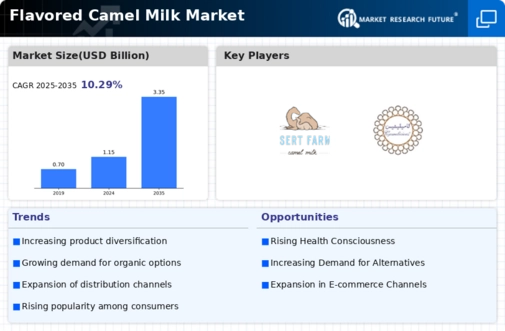
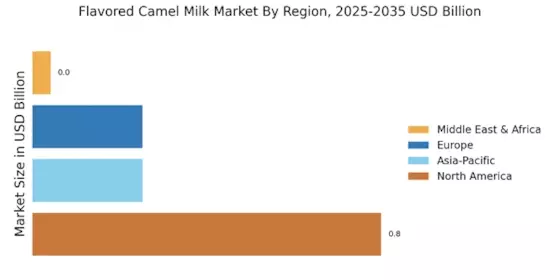
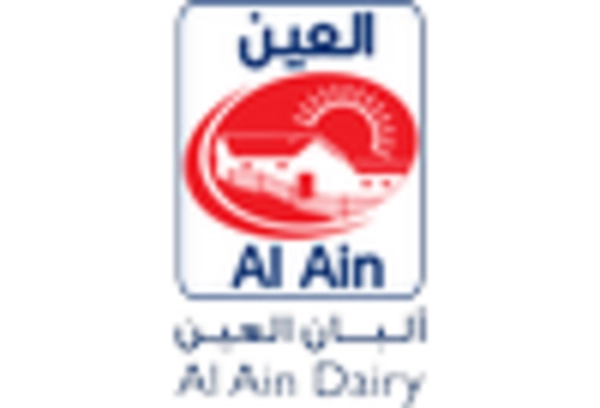
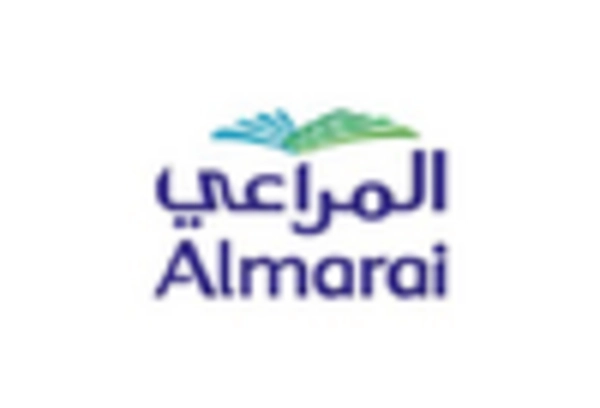
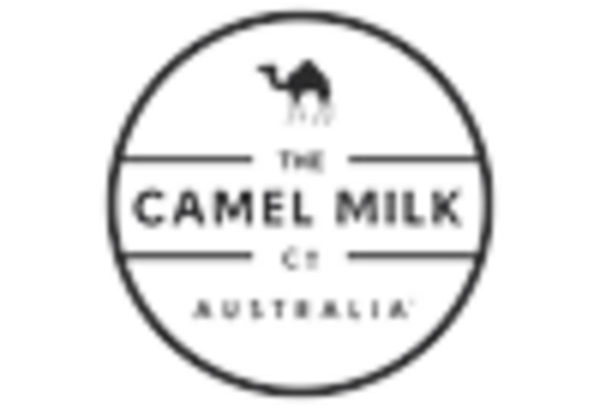

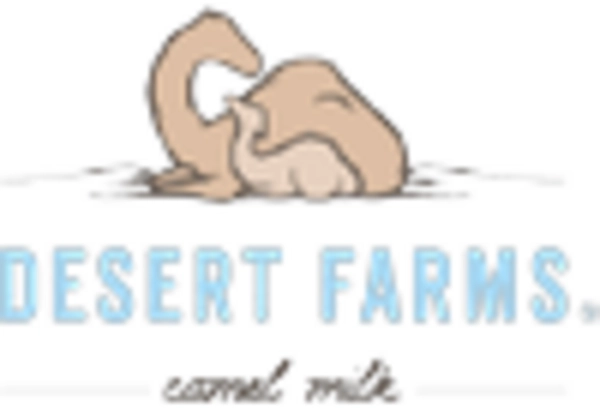









Leave a Comment